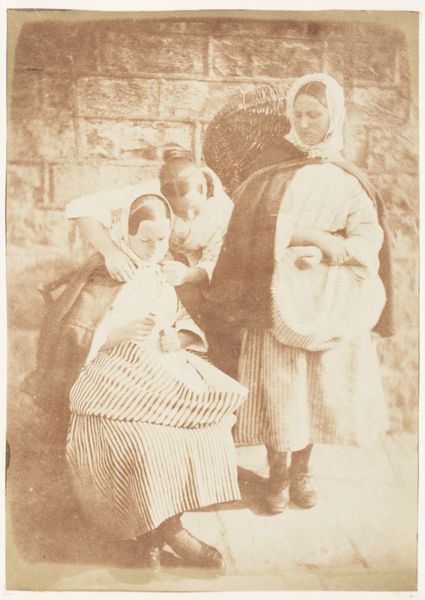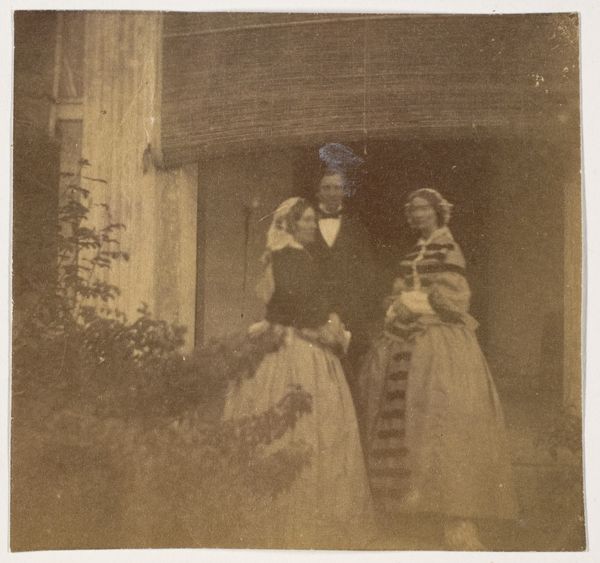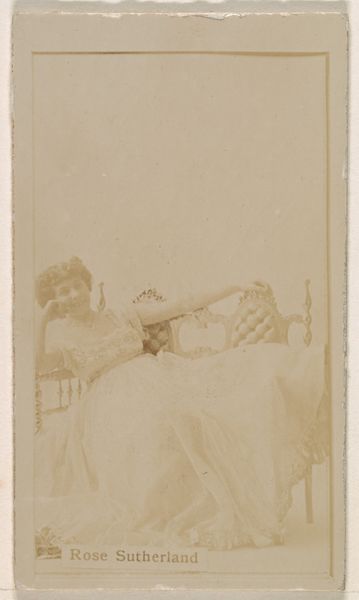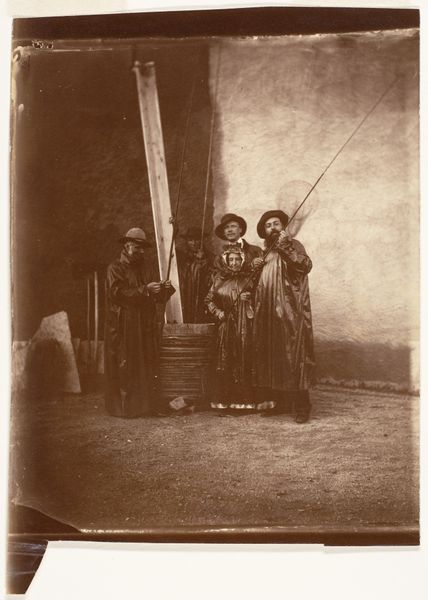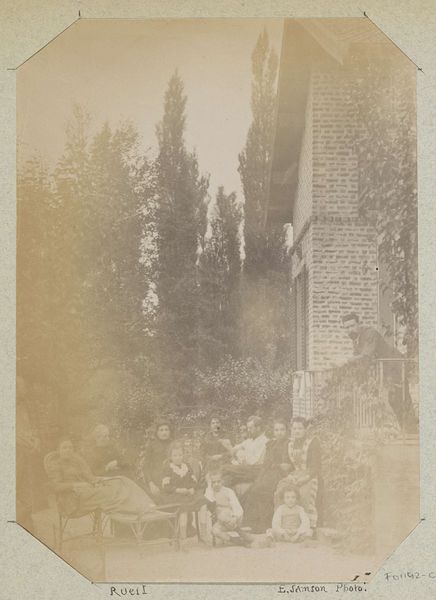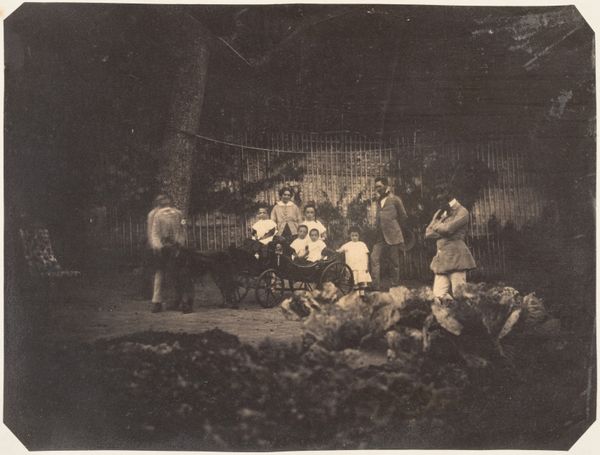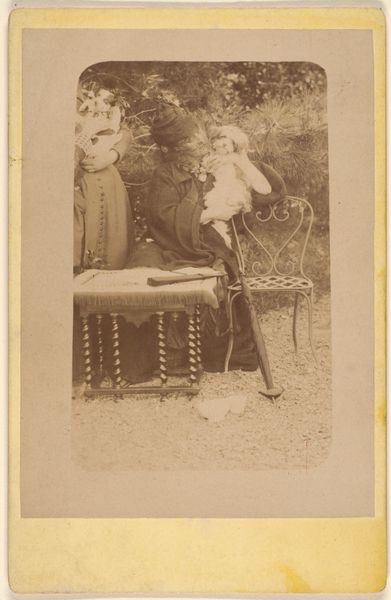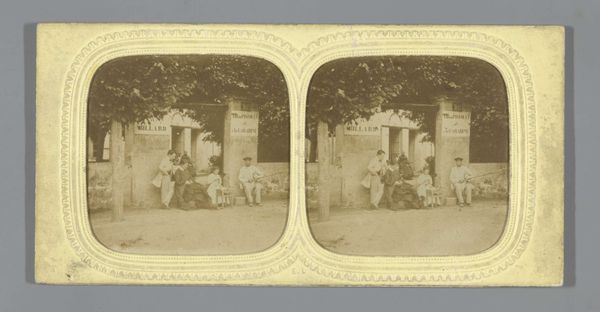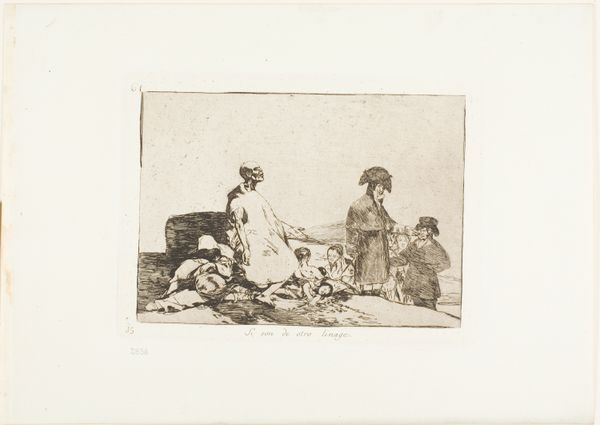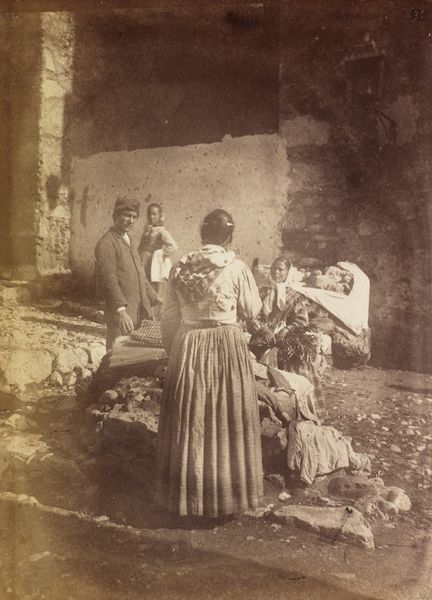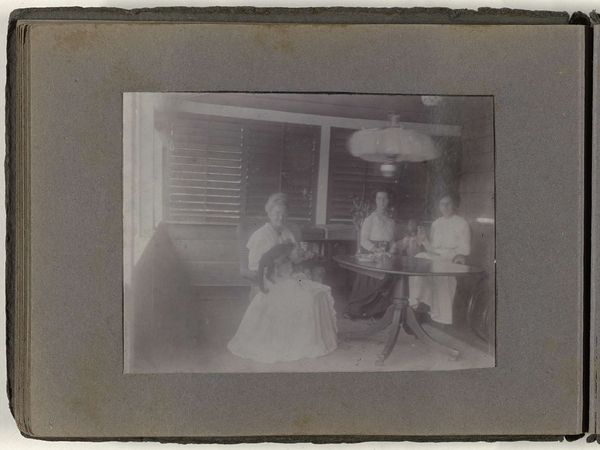
daguerreotype, photography
#
portrait
#
film photography
#
daguerreotype
#
photography
#
group-portraits
#
genre-painting
#
realism
Copyright: Public Domain
Editor: We're looking at "Newhaven Fishwives" by Hill and Adamson, made between 1843 and 1847. It's a daguerreotype currently housed at the Met. The sepia tones lend a softness to what I assume would have been a pretty tough life. What catches your eye about this photograph? Curator: I am drawn to the very materiality of this daguerreotype. Consider the labor involved in its creation. Each plate had to be meticulously prepared, the exposure timed precisely, and the final image fixed through a chemical process. The social context is critical. This isn't just a portrait; it's a document of labor, representing working-class women engaged in the fishing industry. Editor: So you’re saying that the process of making this photograph is intrinsically linked to how we interpret it? Curator: Absolutely. Think about the choice of the daguerreotype. It offered a level of detail and realism that challenged existing forms of portraiture, mostly afforded by the wealthy. Hill and Adamson, through their practice, blurred the lines between art and social documentation by democratizing access to portraiture. Editor: I see your point. Focusing on the labor and the materials, highlights that this photograph is about more than just appearances, and that they actually reflect larger societal forces. Curator: Precisely! It invites us to think about the material conditions of production, both for the photograph and the lives of the women it depicts. Does understanding the making of this image shift your perspective? Editor: Definitely. It makes me think about what is involved in capturing a single image, and the amount of work needed for something we consider ordinary today. Thank you!
Comments
No comments
Be the first to comment and join the conversation on the ultimate creative platform.

